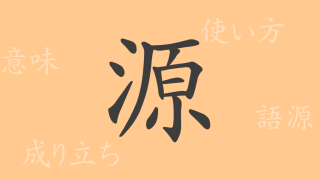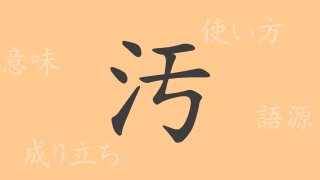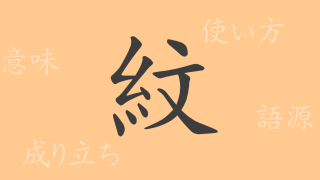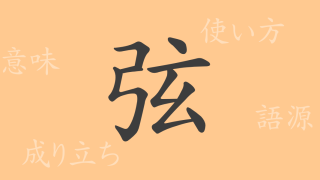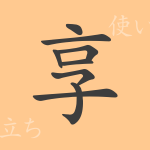The beauty of the Japanese language lies in its complexity and depth. One of the commonly used kanji, “供(きょう, く, そなえる, とも),” is no exception. This article explores the history, meaning, and usage of the kanji “供,” as well as the idioms and proverbs it appears in. By unraveling the stories embedded in each kanji, we can deepen our understanding of the Japanese language.
Origin of 供(きょう, く, そなえる, とも)
The kanji “供(きょう, く, そなえる, とも)” originates from ancient China. It evolved from the character “共(きょう),” which means “together.” The character “供” initially symbolized a person holding something, later representing the act of performing something together with others. Over time, “供” came to be used in various contexts, playing an important role in modern Japanese.
Meanings and Usage of 供(きょう, く, そなえる, とも)
The kanji “供(きょう, く, そなえる, とも)” has multiple meanings and uses depending on the context. As a verb, “供する(きょうする)” means “to offer” or “to accompany,” indicating the act of presenting something to others. Another reading, “供える(そなえる),” refers to placing offerings before a deity or Buddha. As a noun, “供(きょう)” can mean “companion” or “attendant,” referring to a specific person.
Readings, Stroke Count, and Radical of 供(きょう, く, そなえる, とも)
Here is the basic information about the kanji “供(きょう, く, そなえる, とも).”
- Readings: On-yomi (音読み) are “キョウ(きょう)” and “ク(く),” Kun-yomi (訓読み) are “そなえる(そなえる)” and “とも(とも).”
- Stroke count: “供(きょう, く, そなえる, とも)” consists of 8 strokes.
- Radical: The radical for this kanji is “人偏(ひとへん),” which signifies a person.
Idioms, Proverbs, and Phrases Using 供(きょう, く, そなえる, とも)
There are many idioms, proverbs, and phrases that include “供(きょう, く, そなえる, とも).”
- 供養(くよう) – A ceremony or ritual to comfort the souls of the deceased.
- 供述(きょうじゅつ) – Testimony or statement given in a court of law.
- 供物(くもつ) – Offerings made to deities or Buddhas.
- 供に(ともに) – An adverb meaning “together” or “with.”
- 子供(こども) – “子(こ)” means child and “供(とも)” means companion, together referring to a child.
Summary of 供(きょう, く, そなえる, とも)
The kanji “供(きょう, く, そなえる, とも)” is rarely used alone and is often part of idioms and phrases. Its diverse meanings and uses highlight the richness of Japanese expression. Frequently used in cultural and religious contexts, it reflects Japanese traditions and values. Through this exploration, we have gained an understanding of the multifaceted nature of “供” and its historical background.











